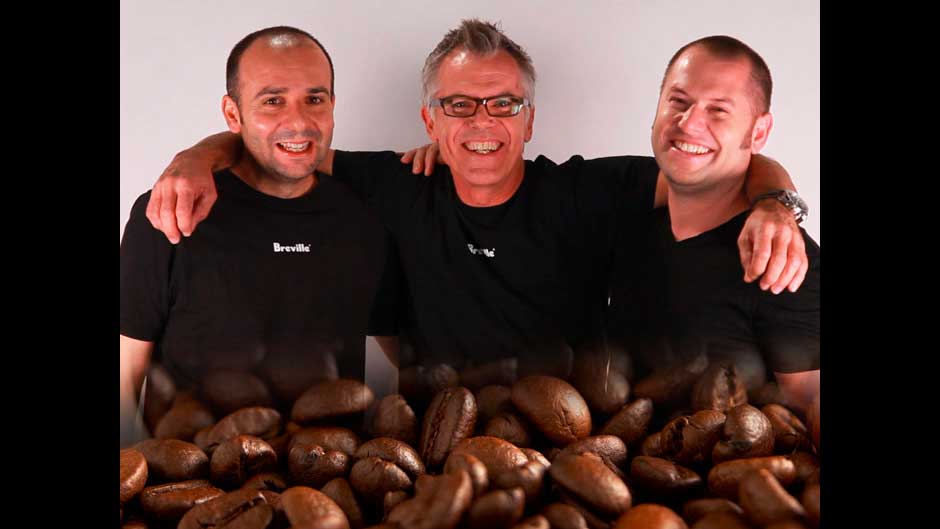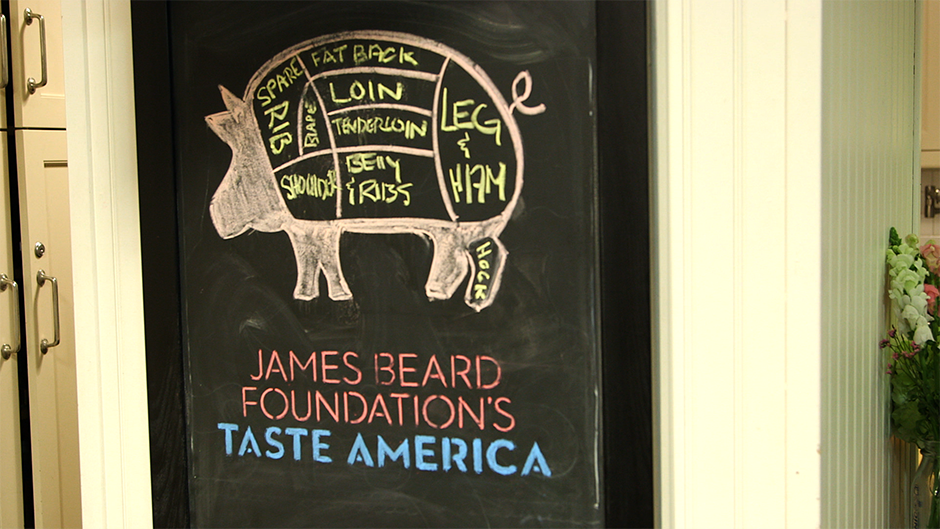One of the core tenets of the Breville brand is simplicity. We always make sure that when a consumer has an experience with a Breville product, that the experience is simple. The product can be complicated, but the experience of using that product cannot be. –Phil McKnight
Over the past six years, Breville designers have tackled an extremely complicated challenge: making a perfect espresso at home.
Breville thinks about coffee differently in that we really want to understand the consumer. We try and get inside the consumer’s mind and understand how they operate. We like to have insight on their real experiences in their kitchen before designing products for them, so we really understand their habits and their environment. What they love, what they don’t like. –Gerard White
Breville conducts market and competitor research, of course, but more important are the in-home visits that they conduct globally. The product development process includes seeing how consumers use products to discover learnings that can be turned into products or enhanced features.
People want simplicity, they want convenience, and they don’t want mess.
When designing first the Dual Boiler™ and then the Oracle™, the design team kept one common scenario in mind: A couple is having a dinner party, and at the end of the meal, they want to make six coffees for their guests.
The designers set out to develop a system that would allow the consumer to make coffee quickly and easily and without any diminishment in the performance.
Espresso Machines for Home
Take a closer look at two espresso machines geared toward the coffee connoisseur.
Watch the video
I get most of my inspiration from the commercial space. It’s the commercial space that drives quality for new technology as they understand what consumers want, because they’ve got consumers coming through their doors every day. We translate that experience into an easy, seamless, simple, appliance to use in your home. The consumer does not have to be a barista, but they can act like one if they want to. –Phil McKnight
There was a real difficulty in bringing commercial temperature and pressure control to a domestic appliance.
The Breville designers and the engineers on the project researched and reverse engineered a lot of commercial equipment to find out how that process worked. With a greater understanding of the complexities, they came up with a machine that would fit on a countertop and deliver the same precision control over temperature and pressure found in much larger, commercial units.
In 2011, Breville launched the Dual Boiler, a machine with a twin boiler system — an espresso boiler and a steam boiler — so the coffee and the milk can be prepared simultaneously.
During the development of the Dual Boiler, the designers recognized that although many people enjoy good espresso and will venture to cafes for them, they avoid making espresso at home because the process seems intimidating.
The Oracle
Automated or manual controls — it’s the espresso machine expertly designed to simplify.
Watch the video
With the Oracle, Breville set out to achieve a level of automation that would eliminate some of the technical challenges other machines commonly have when brewing an espresso. At the same time, the design team wanted to make sure the user could have as much control over the machine as they wanted, and they would be able to get the same results cup after cup.
We understand that consumers love the taste of manual espresso, but they don’t necessarily love the complexity. So we automated the most difficult parts of that process: automating grinding, dosing, and tamping, and automating milk texturing. –Phil McKnight
Often, it’s the challenge of solving the problem that is inspiring. And for these product designers, it does not matter what the problem is, but rather knowing that they can solve it by breaking down the elements one-by-one.
That whole process of breaking it down and achieving the end result is what excites me. –Rob Grassia
It is this combination of critical thinking coupled with artistic drive that leads to the creation of some of the world’s best home espresso machines.






